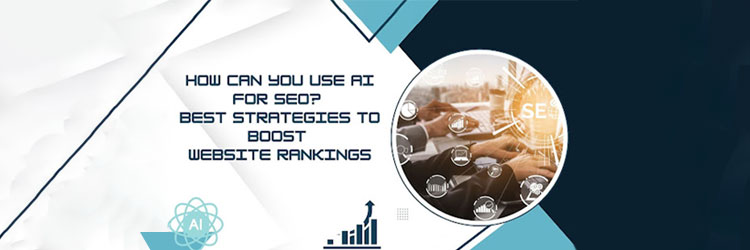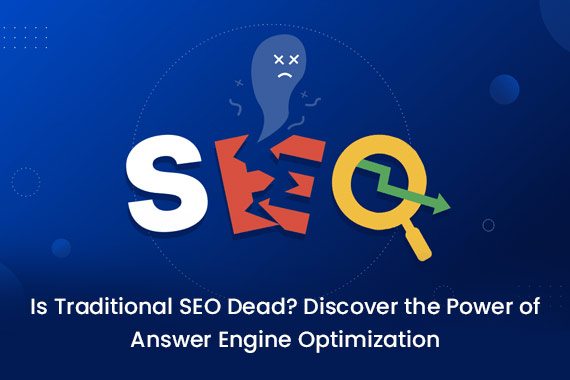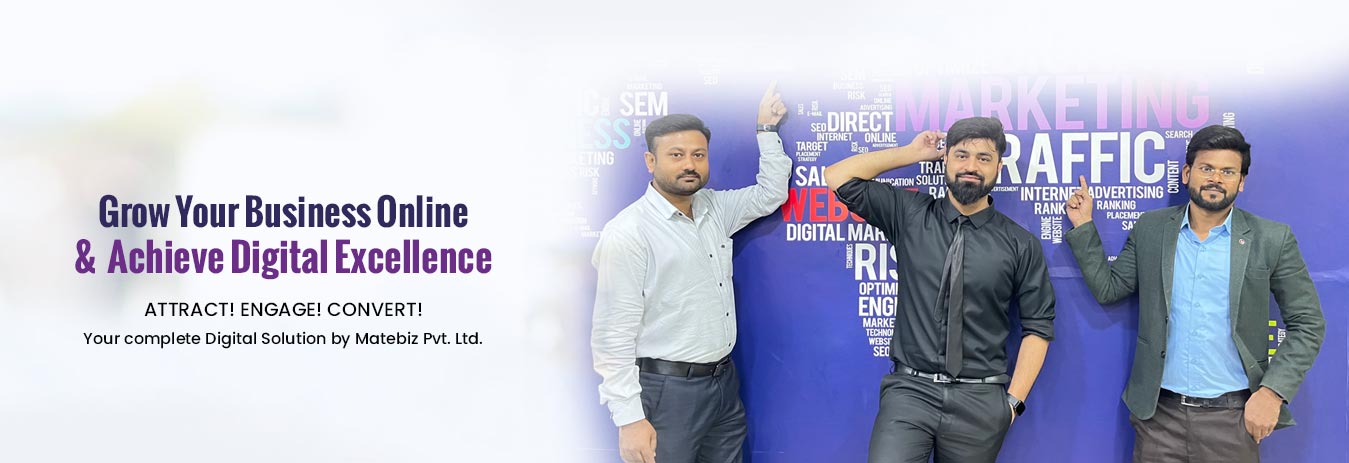How Can You Use AI for SEO? Best Strategies to Boost Website Rankings

The SEO (Search Engine Optimization) landscape is one of the biggest beneficiaries of the revolution brought by Artificial intelligence. This advanced technology has emerged as a robust resource for the implementation of effective SEO strategies, leading to boosted website rankings.
It can streamline website optimization, content creation, and data analysis. Resultantly, blogs, ecommerce stores, and brand websites can achieve higher rankings, drive more organic traffic, and enhance their overall online exposure with its tactical usage.
Simply put, it is nothing less than a game-changer. This article discusses various uses of AI and their outcomes in detail to help you understand how to use this advanced technology to optimize websites. Further details are given below.
Table of Contents
1. AI-Backed Keyword Research

Keywords serve as bridges between users finding their desired online content and valuable information. You must identify the right keywords to drive organic traffic to your website. AI has made keyword research a seamless task. Multiple advanced utilities can pave the way for data-driven keyword research. Using AI-powered keyword research tools like SEMrush, Google Keyword Planner, and Ahrefs will help you:
- Find long-tail keywords that are niche-specific and capable of resonating with your target audience.
- Perform competitor analysis to uncover and understand tactics used by your competitors for the identification of content gaps so that you can outperform your rivals.
- Track high-performing keywords and offer valuable insights into user intent.
These abilities will be in drawing the attention of prospects and driving them to your website.
For instance, a local bakery increased organic traffic by 30% in only six months by identifying and targeting niche-specific, long-tail keywords like “Vegan cakes near me.”
2. Engaging Content Creation with AI
The role of AI in the landscape of SEO is not limited to keyword research only. It has also revolutionized content creation. Spending hours working on a single write-up is a part of the past now. Use Tools like Jasper AI and ChatGPT to craft high-quality, engaging content within a few minutes.
Writing quality product descriptions and blog articles is convenient because of AI. It will not only streamline your content creation process but also help you maintain quality. However, you need to ensure that the content you generate through AI-driven features tools features your unique voice and a human touch for better relevance.
For instance, a small ecommerce store witnessed a 25% increase in its conversion rates just because of bespoke AI-generated product descriptions that resonated with its branding.
3. Data-Driven Content Optimization
The role of AI is not limited to the creation of content only; it can be a highly valuable resource to optimize existing and unpublished content. Data-driven insights from sophisticated tools will streamline the task of content optimization. The ease of ensuring readability, flow, structure, and originality will pave the way for improved rankings. Tools like Surfer SEO, SmallSEOTools, and Grammarly can lend a helping hand. Here is how these tools work:
- Grammarly will analyze your content for readability and provide you with real-time suggestions to ensure its impeccability.
- Surfer SEO can perform a data-driven content analysis to help you find the best keyword to target and ensure the proper keyword density, headings, and structure.
- The online plagiarism checker by SmallSEOTools.com can analyze your content using its vast database and flag duplication to help you avoid penalties from search engines.
It won’t be wrong to say that AI-driven tools can make optimization swift and convenient. They will also make the content engaging for the readers, leading to higher conversions. For instance, an education blog increased its Google rankings by performing data-driven optimization to enhance the readability of content using Grammarly. It also ensured the originality of all the articles by analyzing them for duplication through the plagiarism checker offered by SmallSEOTools.com.
4. AI-Assisted Competitive Analysis
Outshining your competitors, making your website stand out, drawing the attention of the targeted audience, and driving organic traffic are impossible if you are unaware of rival tactics. SEO is nothing less than a competition. You must compete against thousands of other websites working in the same niche by getting insights into their tactics and improvising your strategies to stay ahead of them.
AI-driven tools like SEMrush and Moz can help you identify:
- Backlink profiles of your competitors.
- Keywords targeted by your rivals.
- High-performing content published by websites in your niche.
- Content gaps and opportunities to outperform competitors.
Here is a case study: Leveraging the insights into backlink strategies of competitors through AI-driven analysis, an online retailer was successful in discovering untouched keyword opportunities. It helped them increase the traffic coming to their website in just three months.
5. User Experience (UX) Enhancement through AI
Search engines favor websites offering exceptional user experiences. You must identify the gaps where your website fails to offer optimum user experience and come up with strategies to eradicate such flaws. Doing so improves the rankings of your website. However, identifying such issues on your own can be tricky.
Luckily, AI can also help you with that. Advanced AI-driven tools like Hotjar and Crazy Egg are available to assist you with UX enhancement. Here is how they can help:
- Determine pain points of users and suggest enhancements.
- Ensure faster page loading speeds.
- Help you optimize your website for smartphones to ensure mobile responsiveness.
- Make your site easily navigable by offering valuable suggestions.
Case Study: A travel agency succeeded in dropping its bounce rates by 20% by following the suggestions given by AI-driven tools for improvement of loading speeds and streamlined navigation.
6. Align with Voice Search Trends Using AI
The web world is witnessing significant changes in the methods used by average netizens to perform searches online. For instance, voice search has seen exceptional growth lately. With the growing popularity of voice search, long-tail keywords are also witnessing a considerable hike in their usage. You must also pay attention to optimizing your content for conversational queries and natural language.
AI-backed keyword research tools like Google Keyword Planner and AnswerThePublic can help you dig up the right long-tail keywords. These tools are also substantially capable of helping you figure out questions that replicate the interaction of users with various AI-based voice assistants. For instance, an electronic retailer managed to increase its traffic from voice search by 10% by optimizing its content for queries like “Which smart TVs are under $500?”
7. Utilize Predictive Analysis
SEO requires you to stay aware of emerging trends and shifts in user behavior to act proactively and ensure strategic planning. AI can perform predictive analysis, and dedicated tools like Google Analytics and HubSpot are available for this purpose. Such tools can provide valuable insights into:
- Emerging SEO trends.
- Shifts in user search behavior.
Leveraging the forecasting ability of AI-driven tools based on historical patterns, businesses can easily shape their content and keyword targeting strategies accordingly. Doing so can help them stay ahead of their competition. Here is an example: a web-based fitness platform proactively tailored its content strategy to target topics like “home workout routines” to boost its traffic by 40%.
8. To Conclude
Many people consider AI a cool invention, but in reality, it is nothing less than a game-changer. This is specifically true for the SEO landscape. You can do anything by leveraging AI and boost your website rankings significantly. From researching keywords to creating content, optimizing published write-ups to enhancing user experience, and performing competitive analysis to forecasting emerging trends, it can do it all.
You only need to know the right tools to use the AI to the fullest. This article helps you do that by referring to various robust AI-driven tools like SEMrush, Jasper AI, SmallSEOTools, Moz, HubSpot, and many others. So start experimenting with them without any delay, outshine your competition, and achieve SEO success. Are you ready to boost your SEO rankings? If so, then takeaways from this article would be stepping stones to your success! Start working on them without any delay!
Fact Time!
AI-backed SEO tools can analyze millions of data points in seconds, making it easier to find high-ranking keywords and optimize content efficiently.
Global Education Consultancy
I highly recommend MATEBIZ; they have completed several excellent projects for our company.
Recent Blogs
-
 IT Outsourcing: What Are The Main Benefits for Your Company?
IT Outsourcing: What Are The Main Benefits for Your Company?
-
 Is Traditional SEO Dead? Discover the Power of Answer Engine Optimization
Is Traditional SEO Dead? Discover the Power of Answer Engine Optimization
-
 How a CRM Management System Can Improve HR Operations in 2025
How a CRM Management System Can Improve HR Operations in 2025
-
 Top 10 Services You Can Outsource to an IT Company India
Top 10 Services You Can Outsource to an IT Company India
-
 How CRM Software for Marketing Can Boost Small Business Success
How CRM Software for Marketing Can Boost Small Business Success


